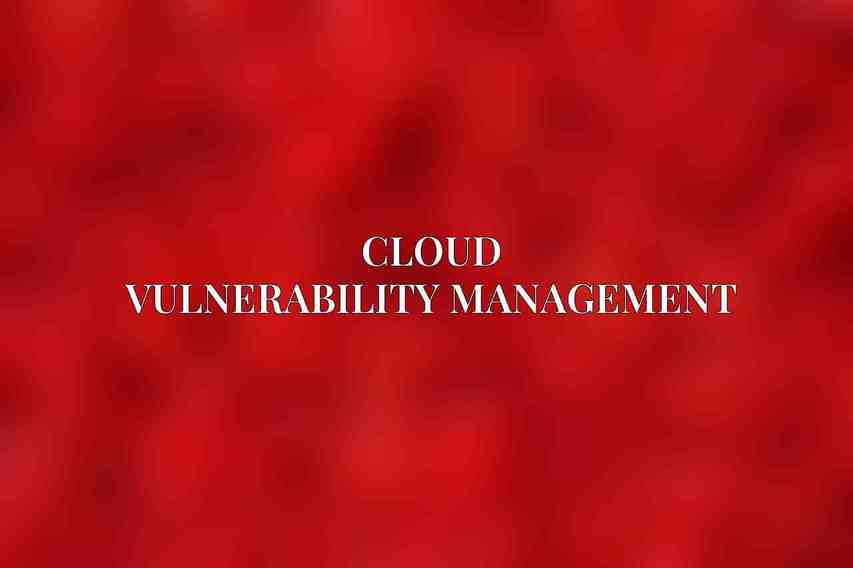Cloud security is a critical aspect of modern technology that ensures the protection of data, applications, and infrastructure stored in the cloud. Cloud security involves implementing various security measures to safeguard information from unauthorized access, data breaches, and other cybersecurity threats. As we delve into the world of cloud security, it is essential to understand its definition and the significance it holds in this digital world.
Cloud Security Architecture

the Shared Responsibility Model is a fundamental concept that delineates the responsibilities between the cloud service provider and the customer. This model outlines the division of tasks to ensure a secure cloud environment. Customers are accountable for managing their data and access controls, while cloud providers are responsible for securing the infrastructure and physical data centers. This collaboration ensures a layered approach to security, enhancing overall protection.
The Cloud Security Stack comprises layers of security measures that safeguard different aspects of cloud services. These layers include Infrastructure Security, which focuses on securing the underlying hardware and software components, Platform Security, which protects the cloud platform itself, and Application Security, which involves securing the applications and services running on the cloud infrastructure. By implementing security measures across these layers, organizations can build a robust security framework.
Encryption
Data encryption plays a pivotal role in cloud security by encoding data to prevent unauthorized access. There are various types of encryption algorithms such as Advanced Encryption Standard (AES) and RSA that provide different levels of security. Additionally, encryption standards like Data Encryption Standard (DES) and Triple Data Encryption Algorithm (3DES) ensure data protection during storage and transit.
protocols like Secure Sockets Layer (SSL) and Transport Layer Security (TLS) establish secure communication channels over the internet. Moreover, Virtual Private Networks (VPNs) create encrypted connections for remote access to cloud resources, enhancing data privacy and security.
Identity and Access Management (IAM)
Identity and Access Management (IAM) is a crucial component of cloud security that governs user identities and their access rights. Identity providers like Okta and Azure Active Directory manage user authentication and authorization processes. Access control mechanisms such as Role-based Access Control (RBAC), Attribute-based Access Control (ABAC), and Multi-factor Authentication (MFA) ensure that users only have access to resources they are authorized to use, reducing the risk of unauthorized access.
Security Monitoring and Logging
Effective security monitoring involves tracking and analyzing security events to detect and respond to potential threats. Different types of security logs such as Audit logs, System logs, and Application logs provide visibility into system activities and help in identifying security incidents. Cloud logging services like Cloud Audit Logging, Cloud Trace, and Cloud Monitoring offer comprehensive monitoring capabilities for cloud environments, enabling proactive threat detection and incident response.
Cloud Vulnerability Management

Cloud Vulnerability Management focuses on identifying and addressing vulnerabilities specific to cloud environments. Vulnerability scanning tools like Qualys and Nessus help organizations identify weaknesses in their cloud infrastructure, applications, and services. Patch management involves applying security patches and updates promptly to mitigate potential security risks and ensure the overall security of the cloud environment.
Compliance and Regulatory Requirements
Meeting compliance with security standards is paramount in cloud security to adhere to industry regulations and protect sensitive data. Common cloud security compliance standards include ISO 27001, PCI DSS, and HIPAA, each specifying security controls and guidelines for cloud service providers and users. Cloud compliance tools aid organizations in managing and demonstrating compliance with regulatory requirements, ensuring a secure and compliant cloud environment.
Best Practices for Cloud Security
Implementing best practices is essential for enhancing cloud security posture and minimizing security risks. Encrypting all data at rest and in transit, implementing robust IAM policies, monitoring and logging all security events, managing cloud vulnerabilities through regular scanning and patching, and staying abreast of the latest cloud security best practices are critical strategies to ensure a secure cloud environment.
understanding the workings of cloud security is essential for organizations to protect their digital assets in an ever-evolving threat world. By grasping key cloud security concepts, implementing robust security measures, and staying compliant with industry regulations, organizations can build a comprehensive cloud security strategy to safeguard their data and infrastructure effectively. Embracing a proactive approach to cloud security is imperative in mitigating risks and ensuring a secure digital ecosystem in the era of cloud computing.
Frequently Asked Questions
What is cloud security?
Cloud security refers to the protection of data stored online via cloud computing platforms from theft, deletion, or leakage.
Why is cloud security important?
Cloud security is crucial as it safeguards sensitive information, maintains privacy, ensures compliance with regulations, and protects against cyber threats.
How does cloud security work?
Cloud security works by implementing various technologies, protocols, and best practices to encrypt data, authenticate users, monitor network traffic, and detect and respond to security incidents.
What are common cloud security measures?
Common cloud security measures include encryption, access control, multi-factor authentication, regular security audits, threat intelligence, and security incident response plans.
How can beginners improve cloud security practices?
Beginners can enhance cloud security practices by educating themselves on security best practices, using strong passwords, limiting access to sensitive data, keeping software updated, and employing reliable security solutions.
